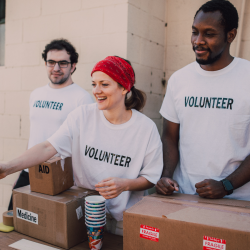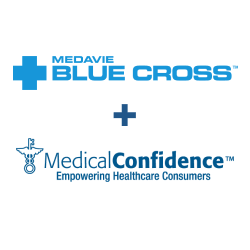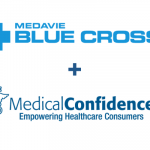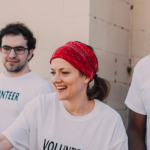Can patient navigation reduce racism in the healthcare system?
We all know there is racism in our system.
By definition, it is systemic racism.
But it took the pandemic and social unrest in the US to reveal it.
As United Nations Secretary-General Antonio Guterres said: “COVID-19 …is exposing fallacies and falsehoods everywhere. The lie that free markets can deliver healthcare for all. The fiction that unpaid care work is not work. The delusion that we live in a post-racist world. The myth that we are all in the same boat. Because while we are all floating on the same sea, it’s clear that some of us are in superyachts while others are clinging to the floating debris.”
Few Canadians are floating as helplessly as our Indigenous People.
A month ago, Ottawa held two days of virtual meetings with the provincial Ministers of Health, as well as First Nations, Inuit and Metis Nation representatives to come up with ways to cut out anti-Indigenous racism in our healthcare systems.
Just two weeks later, Ottawa gave $2 million to the Conseil de la Nation Atikamekw and the Conseil des Atikamekw de Manawan. With this funding, the Atikamekw can develop tools and training, and educate First Nations on their rights when using the healthcare systems.
Part of this money also goes to promote Joyce’s Principle to healthcare professionals.
I have to admit I’d never heard of Joyce’s Principle until a few weeks ago. It’s named after Joyce Echaquan who died last September 28 at a Joliette, Quebec hospital. After admitting herself to hospital with stomach pains, the 37-year-old Atikamekw mother of seven filmed hospital staff making racist insults at her shortly before she died.
Joyce’s Principle aims to “guarantee all Indigenous Peoples the right to equitable access to social and health services, as well as the right to enjoy the best possible physical, mental, emotional and spiritual health.”
But how can we ensure this lofty principle is actually put into practice?
One way is to make patient navigation part of the ‘rights’ of first Nations members when they come in contact with our healthcare system. A patient navigator is someone trained in guiding a patient, on a one-on-one basis, through the healthcare system. This includes help going through the screening, diagnosis, treatment and follow-up of a medical condition.
Patient navigation isn’t new to Canada’s healthcare system. In fact, it’s available for all cancer patients, and has been for 11 years. What we need to do is apply the lessons learned from cancer care navigation on a patient group that has found their experience with the healthcare system especially confusing, cold and unhelpful.
But being Indigenous doesn’t equate with having a deadly disease.
No, it doesn’t. But it’s helpful to know that the whole idea of patient navigation was born out of the collision of racism and healthcare.
In 1990, a Black cancer surgeon, Dr. Harold Freeman, noted that many more of his cancer patients were dying at Harlem Hospital than at other New York Hospitals.
It wasn’t because they happened to have more deadly forms of cancer. It was because patients couldn’t get help as fast as those in other parts of the city.
Their frequent marginalization led to their early death.
So he came up with the idea for patient navigators to act as advocates for these patients, and quickly soon after, their survival rates began to improve.
So yes, patient navigation is especially relevant to reducing systemic racism.
In fact, it was born there.






